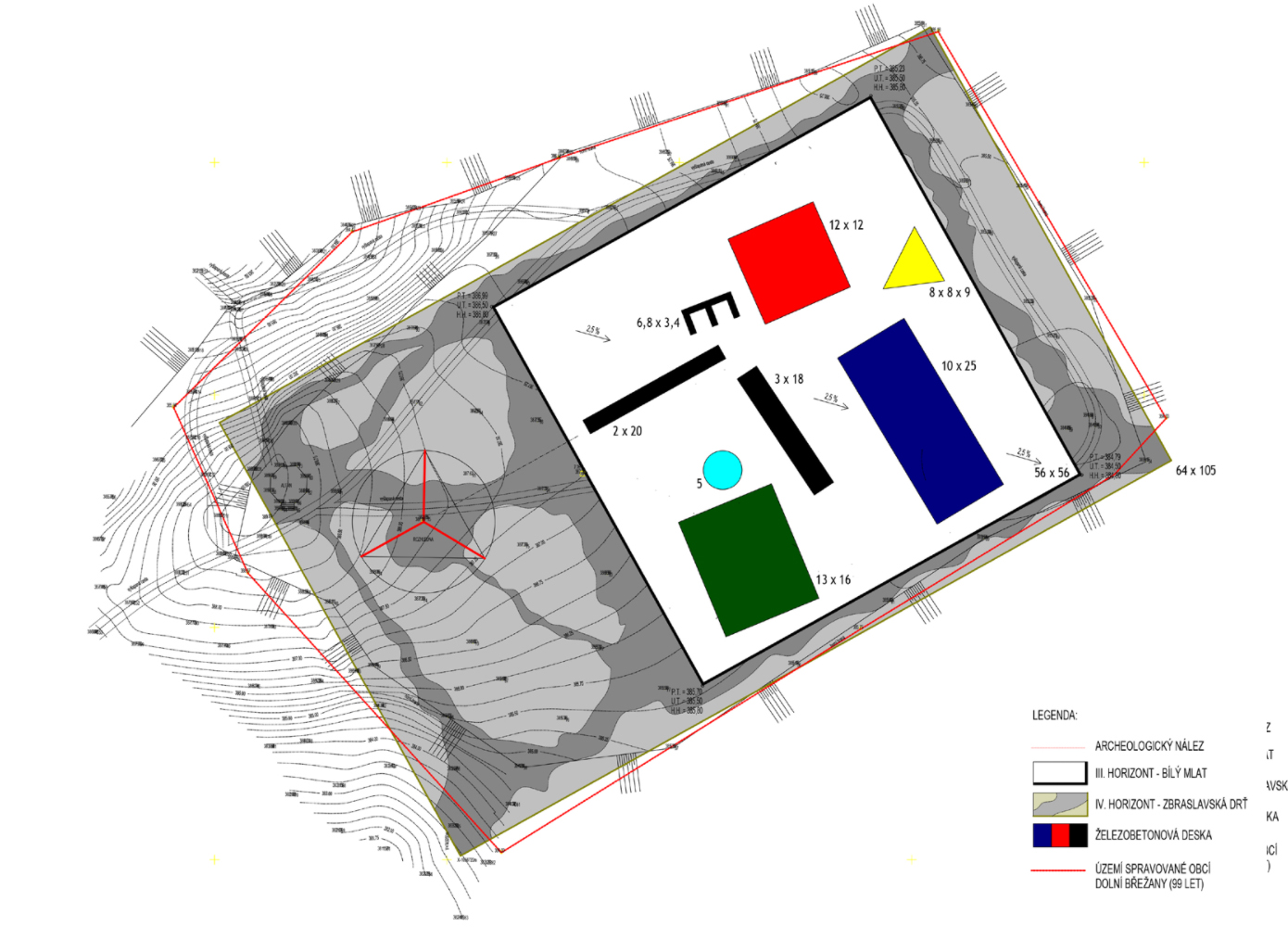
The Central Bohemian Region will hold a public discussion on the project at Závist
 |
Prague - The Central Bohemia Region will hold a public discussion at the end of March regarding the project for the modification of the Celtic settlement Závist in the cadastral area of Dolní Břežany near Prague. This was reported today by the spokesperson of the regional government, David Šíma. The project has sparked negative reactions from the public, with opponents signing a protest petition. They are particularly opposed to the use of concrete and gravel at the site of the Celtic settlement. The author of the proposal, Josef Pleskot, defends the project. According to him, the concrete slabs will create a roof over the archaeological findings and protect them from further water infiltration.
Regional councilors were acquainted with the protest petition today. "Although the petition does not have the legal requirements that would obligate the region to discuss it, we do not want to overlook the voice of the public. For this reason, in cooperation with the Archaeological Institute of the Czech Academy of Sciences and representatives of the municipality of Dolní Břežany, we have agreed on a date for a public discussion of the entire project. The author of the proposal, 'Presence,' has also promised to attend," stated the regional councilor for culture, Václav Švenda (Allies).
The event, which will be attended by the author of the proposal, Pleskot, representatives of Dolní Břežany, the regional office, and the archaeological community, is scheduled for March 31 in the afternoon directly at the Celtic settlement. Last December, the regional office organized the first public presentation of the project, which took place online due to the epidemic.
The Czech National Committee of the International Council on Monuments and Sites (ČNK ICOMOS) has called for a halt to construction on the site of the Celtic settlement. It also labeled the observation tower that the municipality is building at Závist as problematic, stating that it is unnecessarily tall and bulky.
The project involves covering the area with a layer of gravel, crushed stone, and colored reinforced concrete slabs, which are designed to resemble the floor plans of archaeological structures hidden beneath the fill. According to Martin Horáček, a member of the international scientific committees of ICOMOS, the project associates the method of conserving the Chernobyl nuclear reactor through concrete sarcophagi with the tools of Czech heritage conservation. The president of the Czech ICOMOS committee, Václav Girsa, stated that Závist is one of the few undeveloped archaeological sites in the Czech Republic, and he believes the project would endanger the value of this national cultural monument.
Pleskot argued that the concrete slabs would prevent further water from flowing through the debris and damaging archaeological finds beneath the fill. "Concrete is a mineral material; it is part of our cultural presence, and for me, it is not a derogatory, low-quality, or contemptible material. It is a civilizational material of our time, and it will remain so for a long time because it is very sophisticated," the architect stated earlier.
The project is also defended by the director of the Archaeological Institute of the Academy of Sciences, Jan Mařík. He stated that it is designed so as not to disturb the preserved archaeological parts.
The English translation is powered by AI tool. Switch to Czech to view the original text source.
0 comments
add comment
Related articles
0
22.12.2024 | Critics want a local referendum on the project to modify the Celtic oppidum Závist
0
30.11.2022 | Proposed modifications to the Celtic settlement of Závist involve the transportation of materials
0
16.06.2022 | When modifying the Celtic settlement of Závist, stone is to be used instead of concrete
0
01.04.2022 | Experts will still discuss the modifications of the Celtic hillfort Závist
0
03.12.2021 | Experts are not pleased with Pleskot's project for the Závist location












